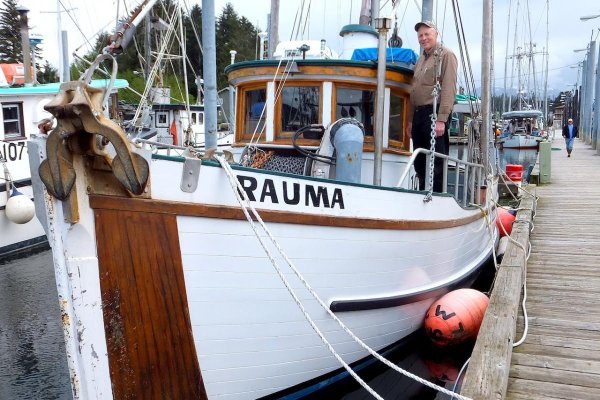psneeld
Guru
You make me smile.
We lived aboard for 3 years, probably spending less than a month total tied to a dock. We weren't world cruisers, but we did spend at least 6 months a year away from our home port. During our time aboard some things became apparent.
A cheap battery was good enough - we could always hand start the little diesel.
A better set of sails was was what we needed for the cruising we did.
But good and better weren't considered for ground tackle - it had to be the best and ready for the worst.
We started with the much touted, bulletproof, all chain rode. It wasn't long before we became aware that if we put the chain weight into the anchor itself we'd be better off, especially after experiencing a 'bar tight (chain) rode' that jerked the daylights out of everything/everyone aboard when it fetched up. There have been many, many posts here about snubbers, but I just couldn't bring myself to complicate things that way, so we opted for 100% nylon rode.
Then we got into the kellet/multiple anchor thing, which meant more complications so we just got a bigger anchor.
By now, the anchor was too big to manage by hand. Not wanting to indulge in complicated windlasses, we opted to go with a manual rig. Now that we didn't have any stubborn, gypsy jamming, mud catching chain to contend with, a simple capstan could be used. We opted for a 2 speed sheet winch.

With a couple wraps, the winch would only allow line to be pulled in...it would not go backwards. There is a long handle that locks into the top of the winch. When you turn the handle one way, the capstan turns at a 1 to 1 ratio. Move the handle in the other direction it takes 3 turns for one turn of the capstan. This simple piece of gear made anchoring a pleasure.
I guess if you only anchor occasionally, you view kellets, all chain rode and snubbers as a viable alternative, but when you live aboard, dropping the hook regularly, it's got to be simple and right.
And I've mentioned before, just because your ground tackle is keeping you put, doesn't mean you won't have to get it up in a hurry when someone is dragging down on you and any extra junk you attach to your anchor will complicate getting it up at a time when you most wish it was simple and easy.
OK...so just about every other long distance cruiser I know has it all wrong...



